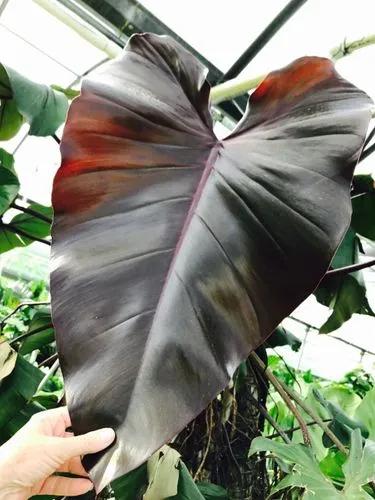Croton plants (Codiaeum variegatum) are incredibly varied plants that are often grown as houseplants. The croton indoor plant has a reputation for being fussy, but in reality, if you know about caring for a croton houseplant properly, it can make for a resilient and hard-to-kill plant.
Luna Croton Care
Codiaeum Variegatum 'luna'



How to Care for the Plant

Water

The croton plant requires frequent watering, but be sure not to over-water. Too much water can cause root rot, but too little water can dry the humidity-loving plant out. You can use new croton foliage as an indicator of water needs, as it will begin to wilt when thirsty.

Pruning

It is important to never remove more than a third of the foliage in any one year and to cut just above a node on the stem.

Fertilizer

Feed a plant with a liquid fertilizer designed for flowering plants

Sunlight

The east window is often considered the best window for houseplants as it's cooler than the west window without the dangers of overheating. West windows received full sun for part of the day and bright light for the rest, great for flowering plants.

Soil

Use a special potting mix that has been developed for your plant type.

Temperature

Keep the room above 60 degrees Fahrenheit and do not expose the plant to cold drafts. Humidity, along with the lack of bright light, also affects the color of the leaves.

Container

Choose a pot that is 2.5-5.08 cm (1-2”) larger than the current size.

Additional

All parts of the croton are toxic to humans and pets. The sap is a skin irritant, so it's best to wear gloves when removing leaves or taking cuttings—anything that might release sap. Minimal ingestion of the plant is considered mildly to moderately toxic and will likely cause a burning sensation in the mouths of humans or excessive drooling in pets. Ingesting larger quantities may result in gastrointestinal symptoms such as upset stomach, diarrhea, nausea, and vomiting. Pets that are poisoned may seem tired or irritable.

Popularity

2,094 people already have this plant 587 people have added this plant to their wishlists
Discover more plants with the list below
Popular articles






